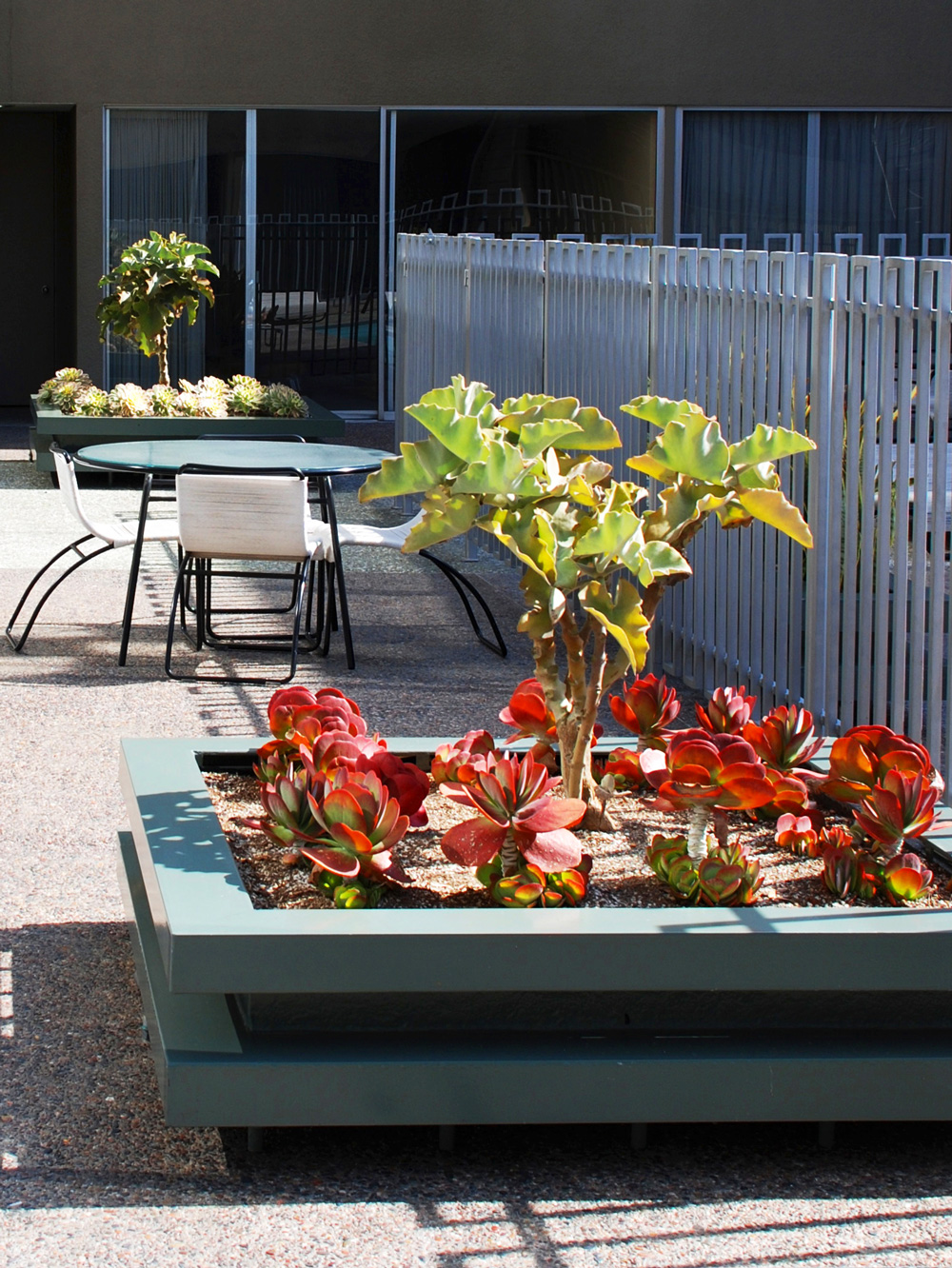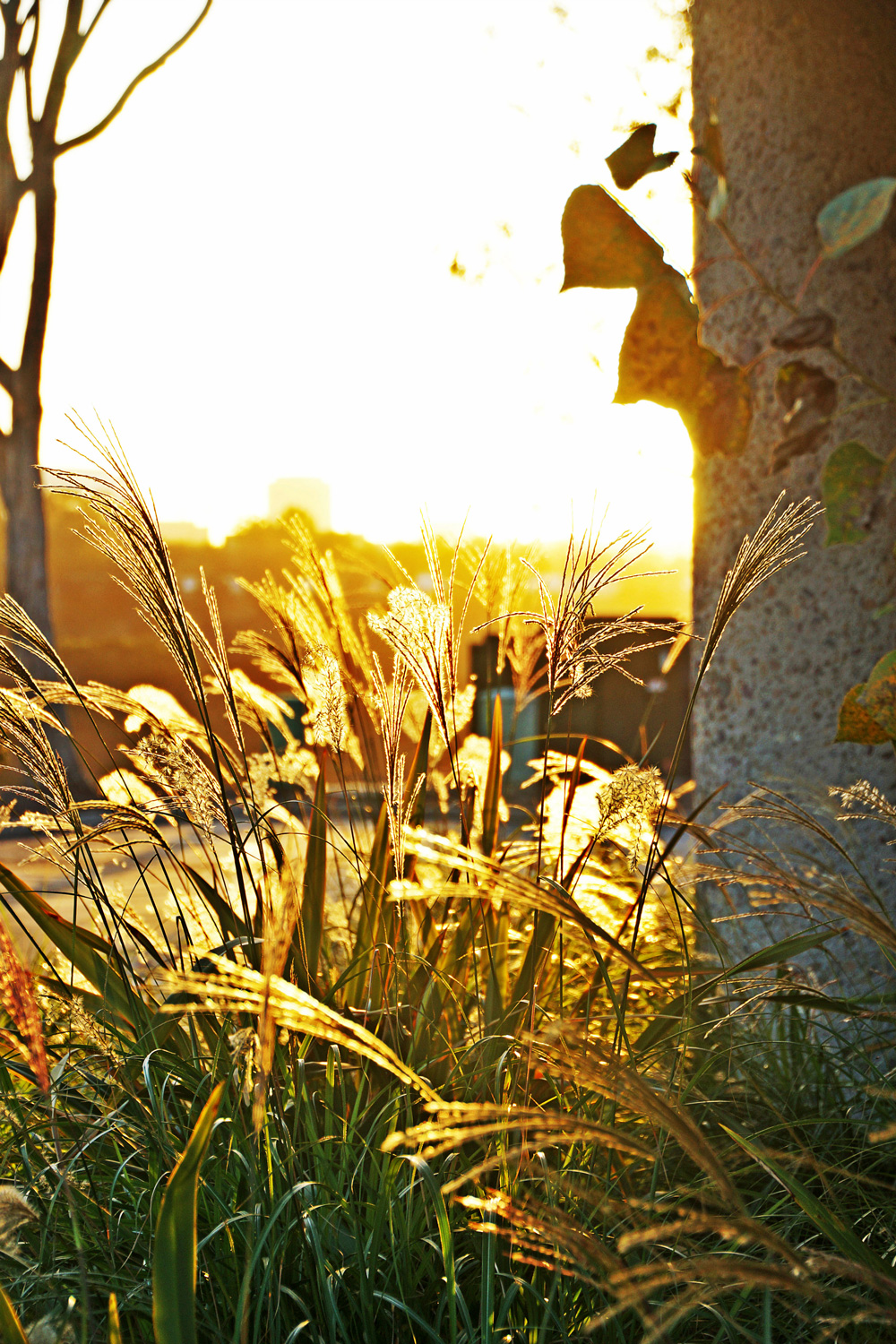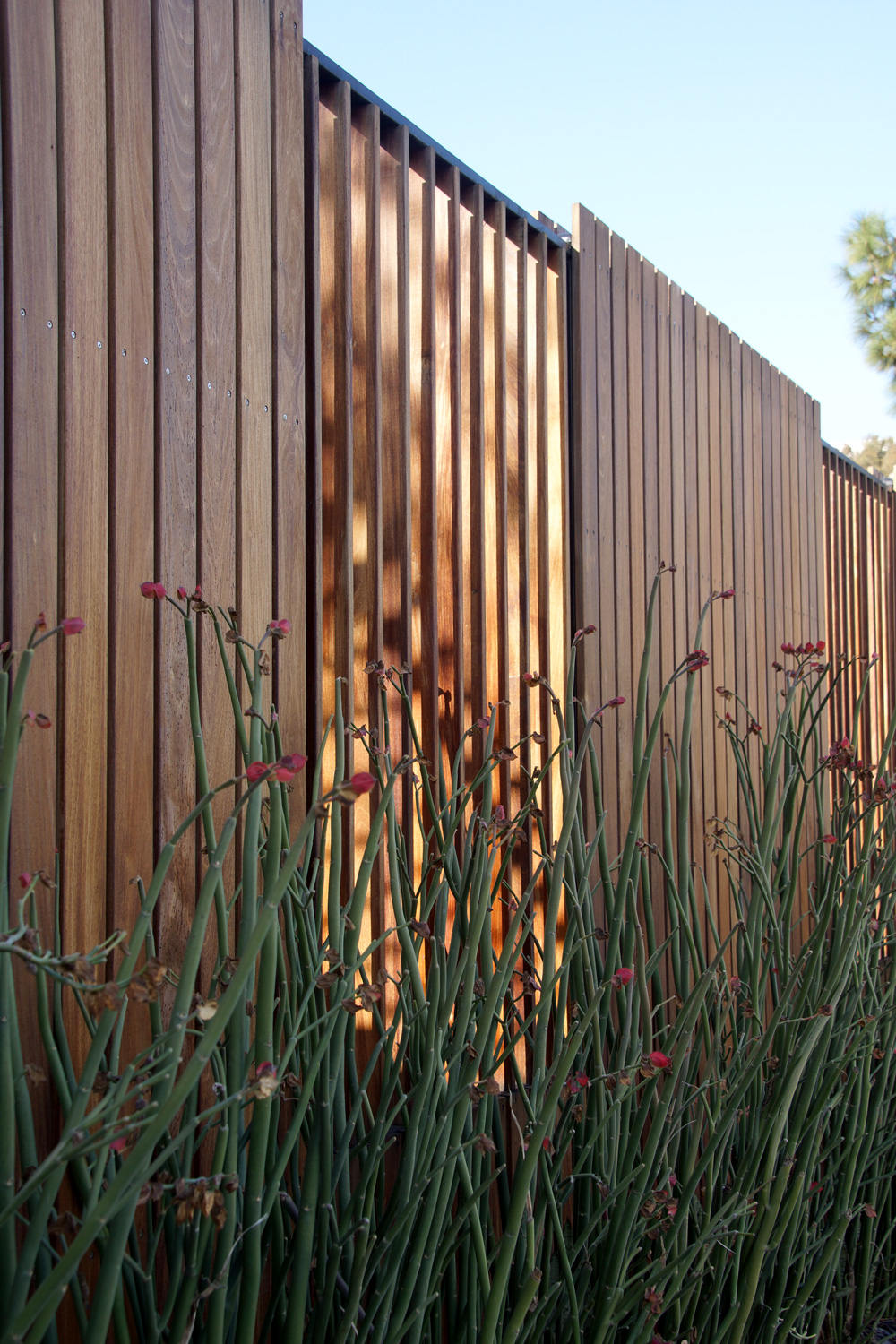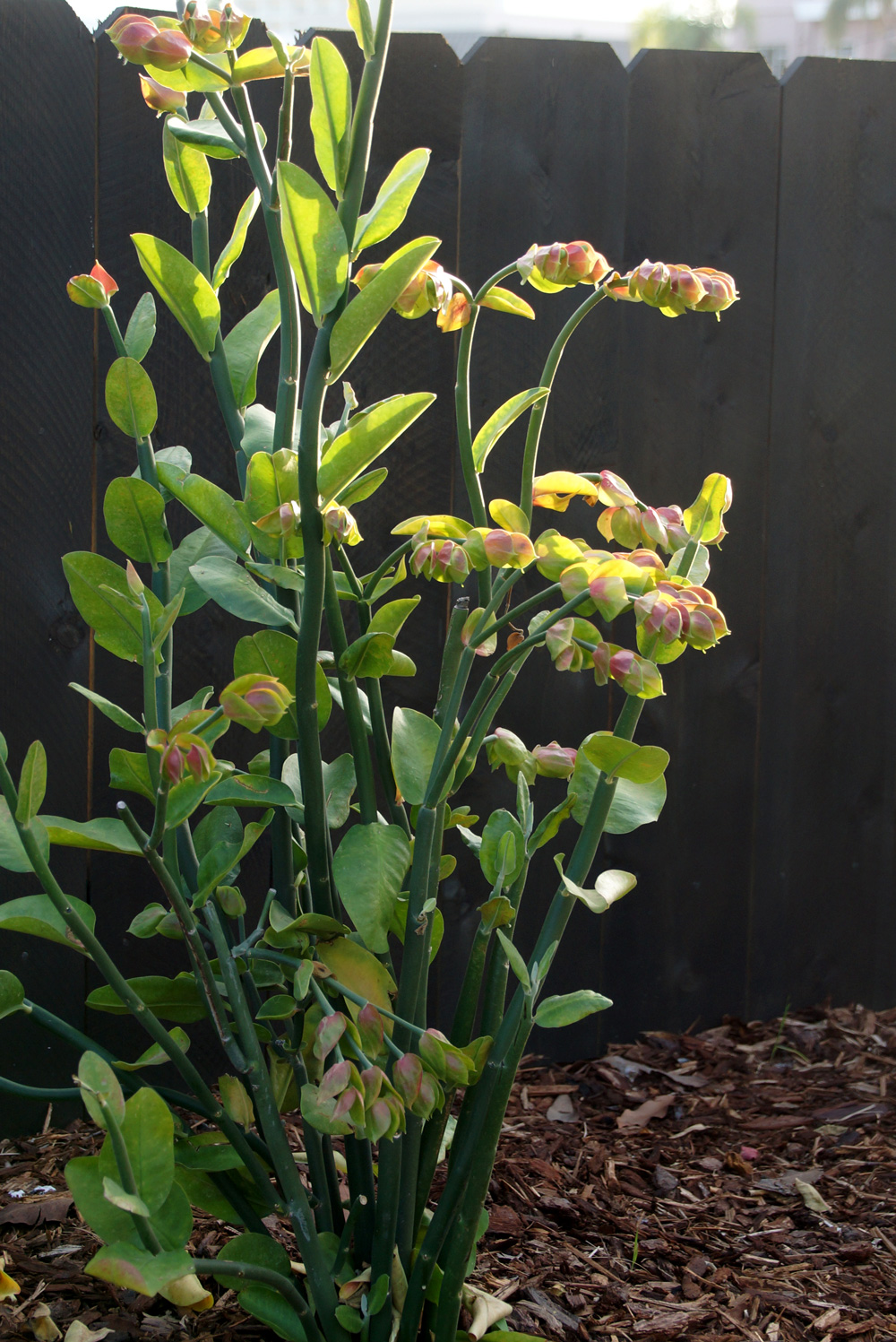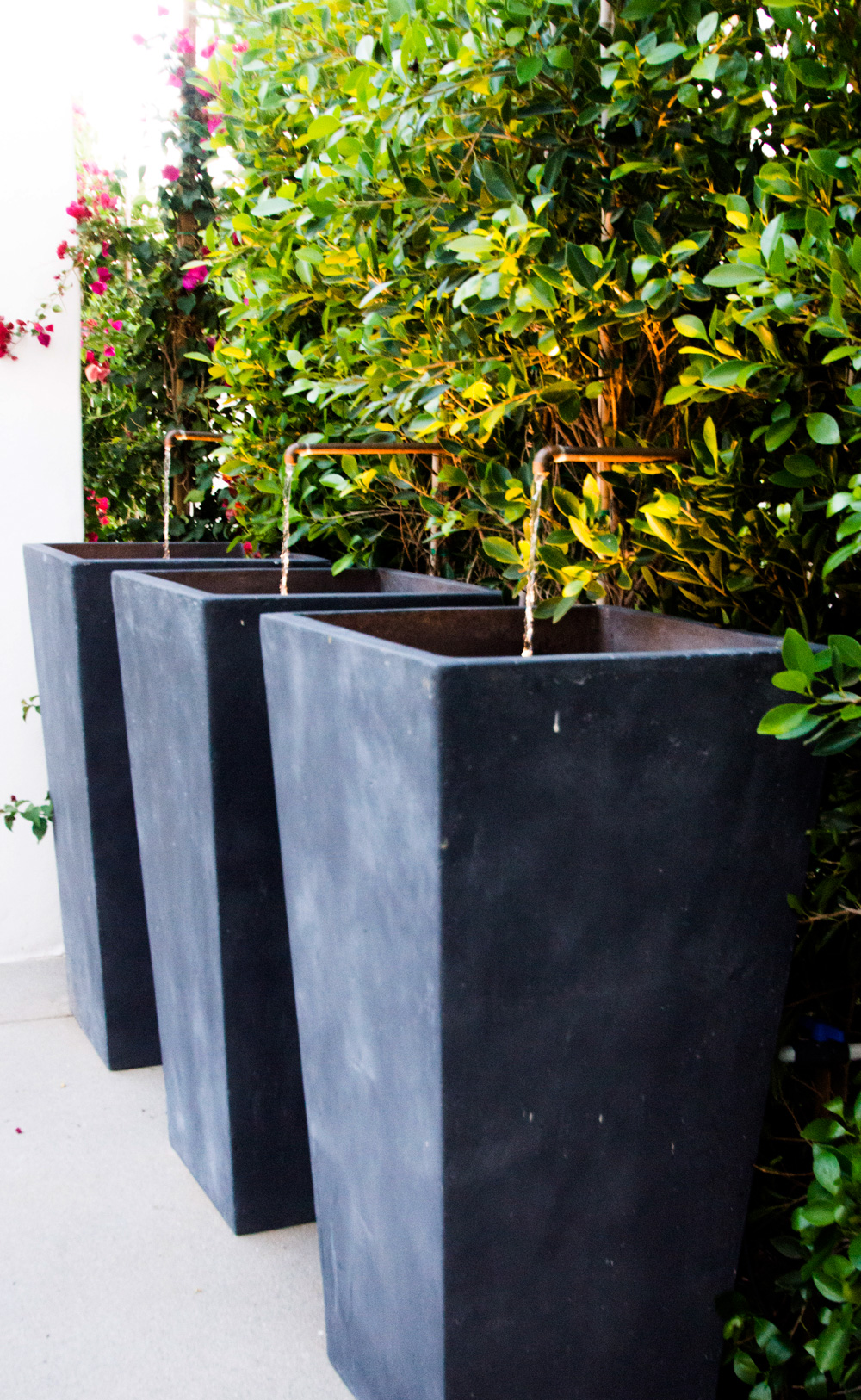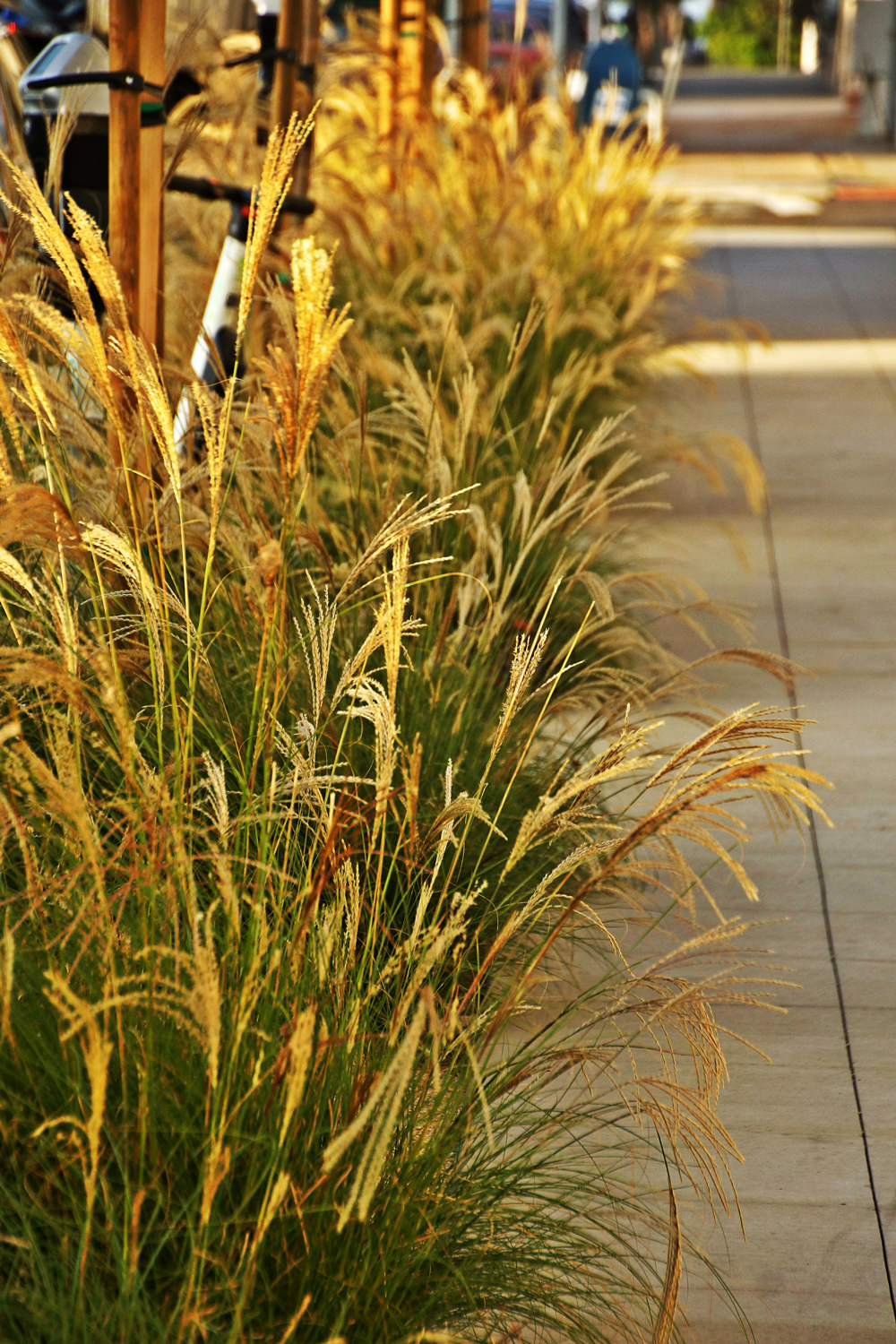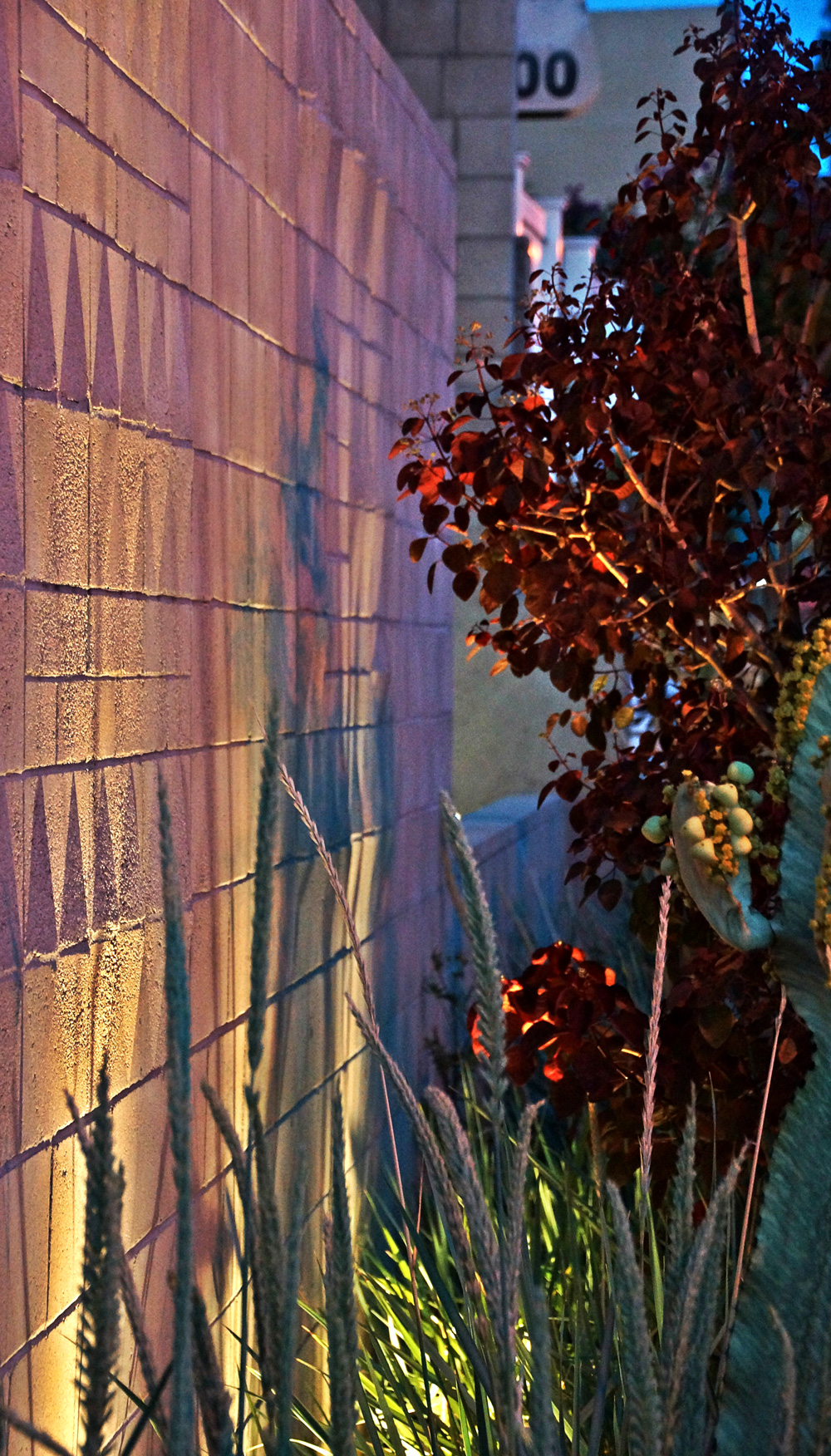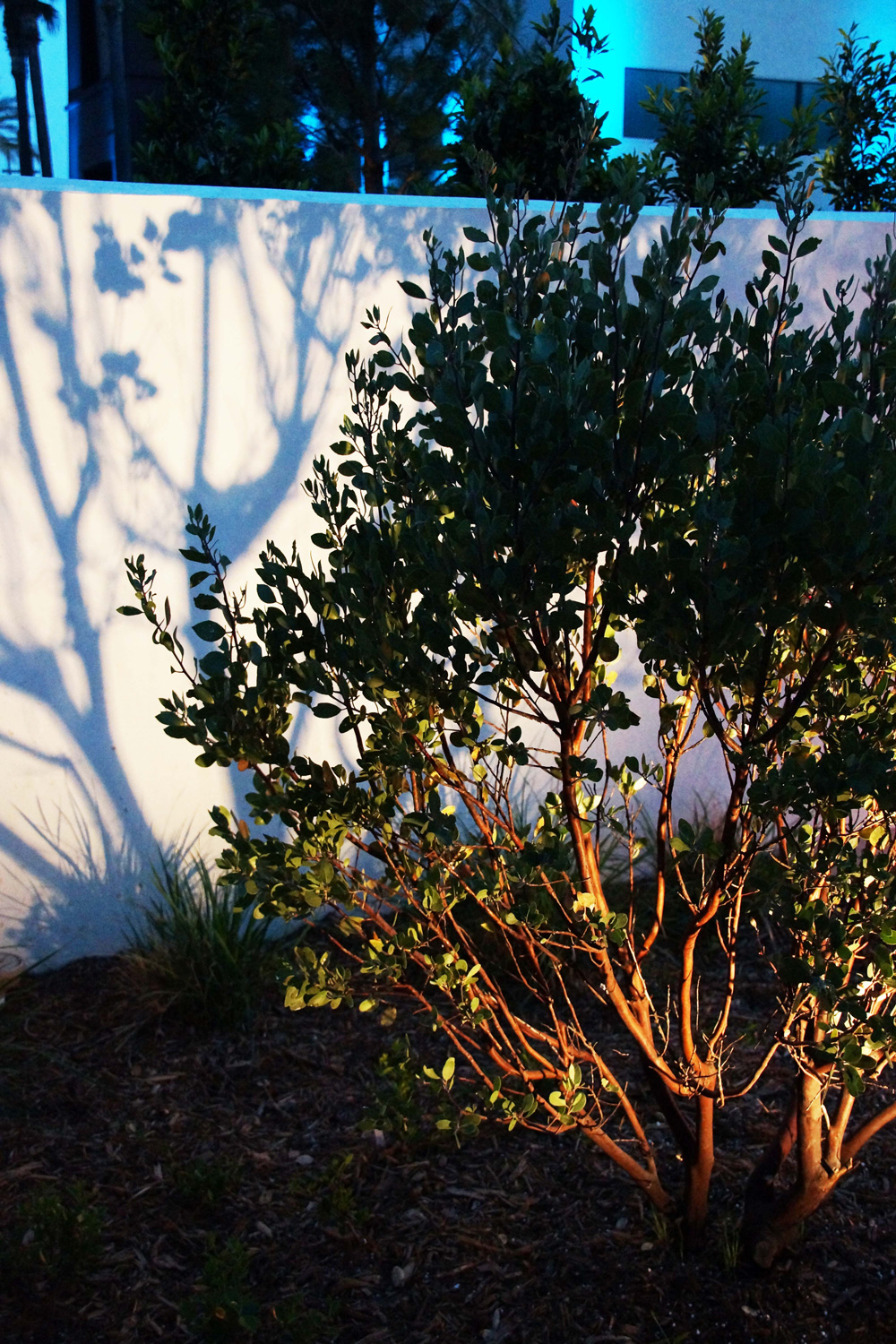The Spectrum of Light: Insights from David McCullough
Light is not often the first thing that one thinks of when considering the built environment, but in fact, as to the photographer, light is a primary ingredient to the success of any site design. In contrast to other professions that utilize light, the impact of light on the built environment is constantly in flux. In its complexity there are three types of light: continuous, absorptive and emissive. In the science of the light spectrum, the fact is that light behaves like a wave and is defined by its wavelength frequency. Simply put, light of different wavelengths is perceived as different colors.
There are four main factors for us as landscape architects to understand and to put into practice when using light as a design element. These are:
Light is perceived in color with an infinite spectrum.
Light is absorptive and/or reflective.
Light is constantly changing.
Light deeply affects human behavior and emotion.
Light’s Emotional Characteristics
There are many other factors as landscape architects that we consider regarding light, yet it’s fascinating to discover how the infinite spectrum of various colors and color combinations affect people emotionally. Human perception is almost always variable and often this subject gets too generalized with poor execution of the lighting use. For example, warm light can make an intimate space feel comfortable. However, in another situation, it may make someone feel unsafe.
We know that feelings of safety can be perceived much better with a whiter light rather than a warmer light.
The important considerations for designers are to understand what message is most appropriate for the space’s intended use. Another example is the way blue and green light can help the user perceive cool temperatures while yellow, red and orange can evoke the emotion of warmth. This is a simple but powerful concept when designing spaces to interact with varying color combinations. Some spaces work best with complimentary light color combinations (spaces intended for solitude), while other spaces require contrasting color combinations (spaces intended to be active or energetic).
Perhaps most important is to understand how much light deeply impacts the human emotions. Sometimes the magic of a space is simply in the play of light. Imagine the way a vacation resort transforms from one experience to a completely different experience at night as the light changes. Or the way Las Vegas, in a very different way, transforms at night and sends a completely different message.
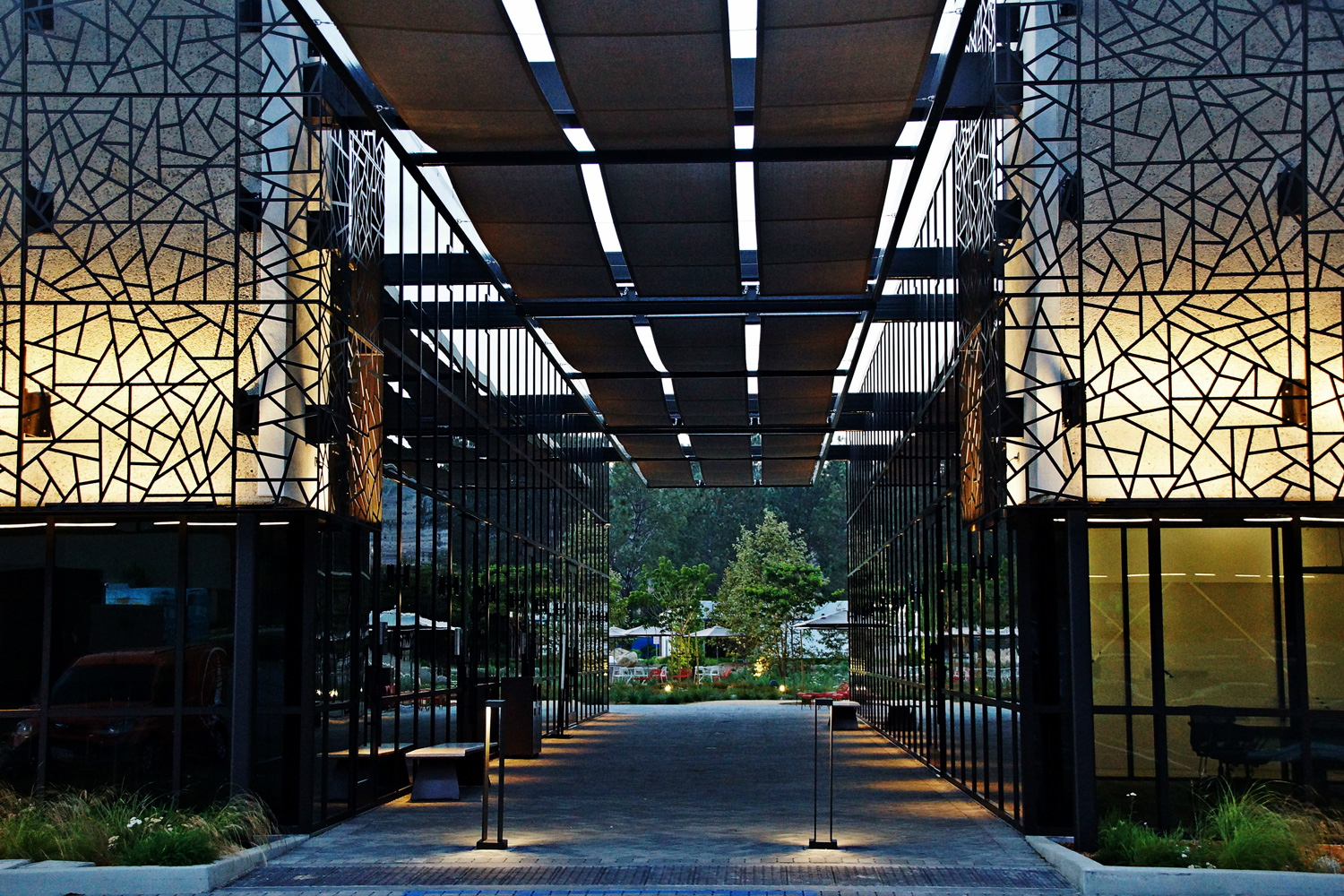

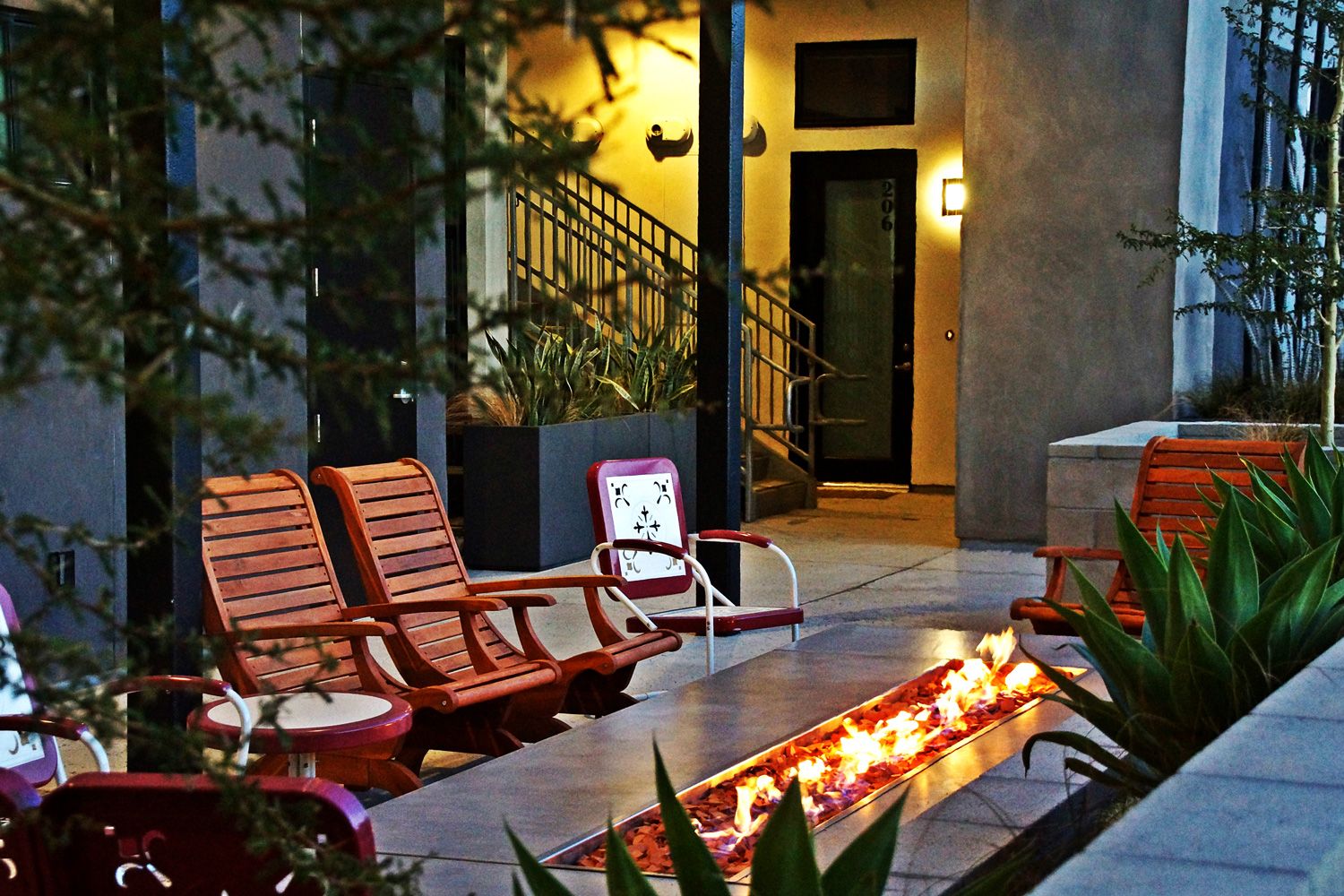
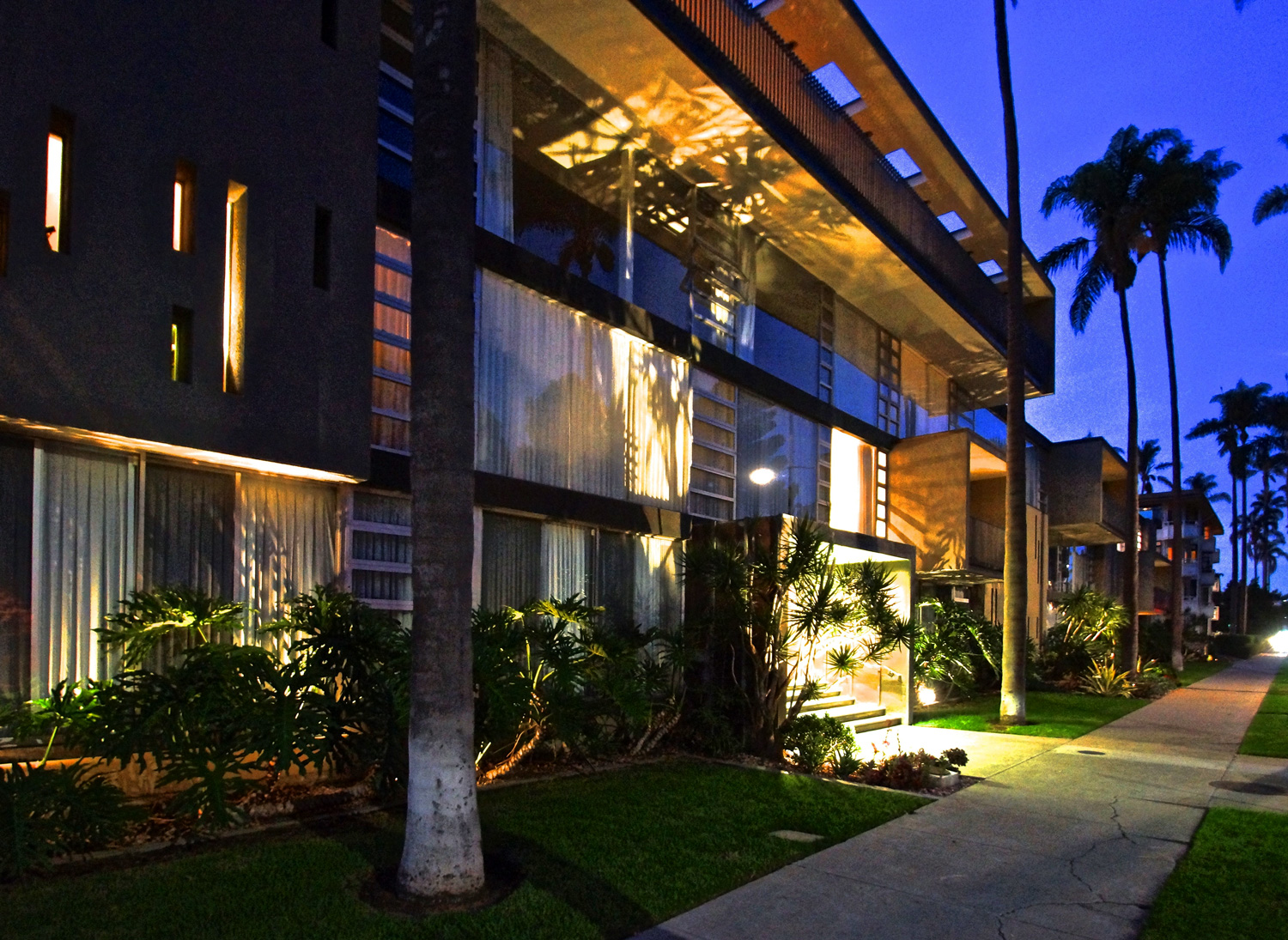
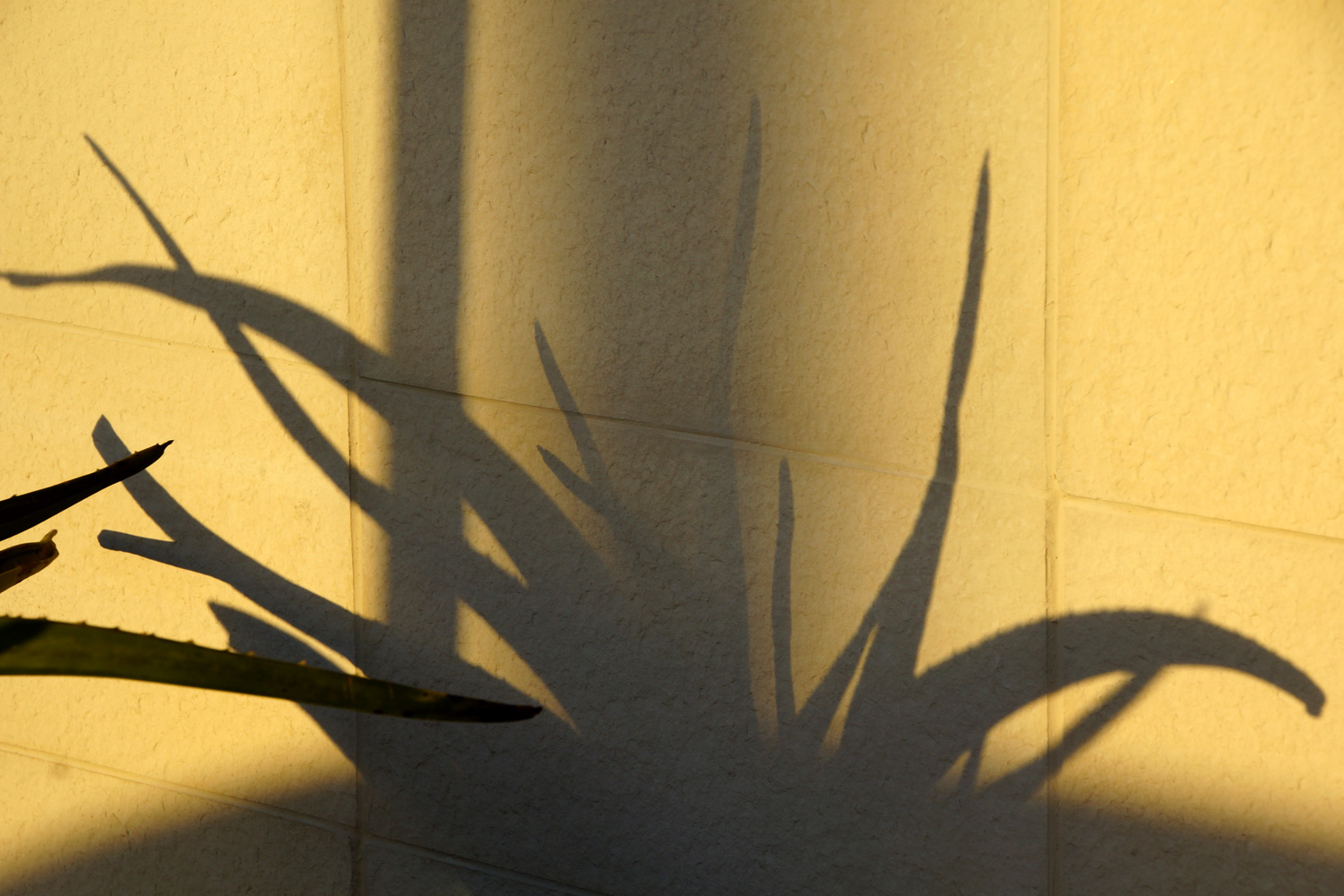
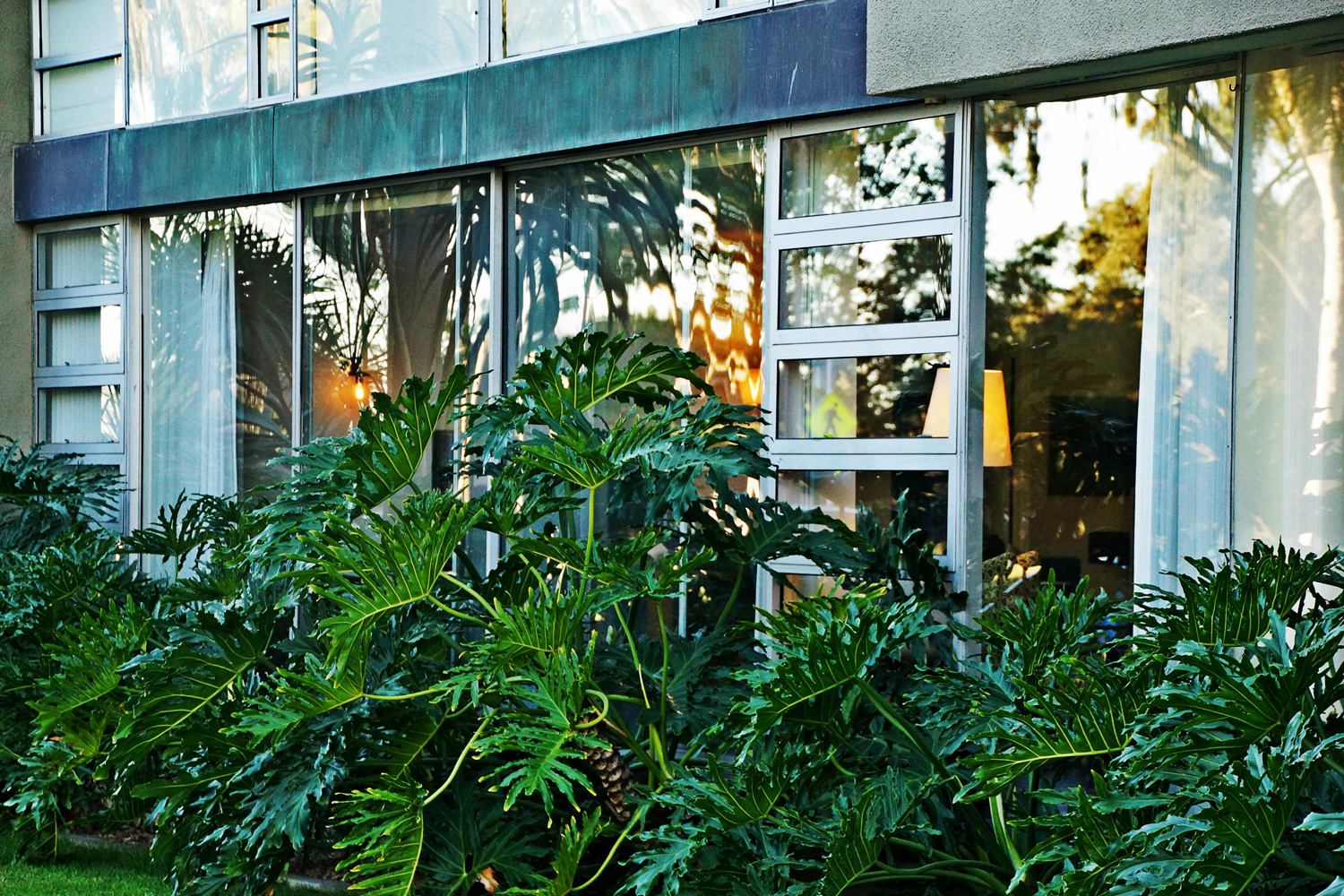
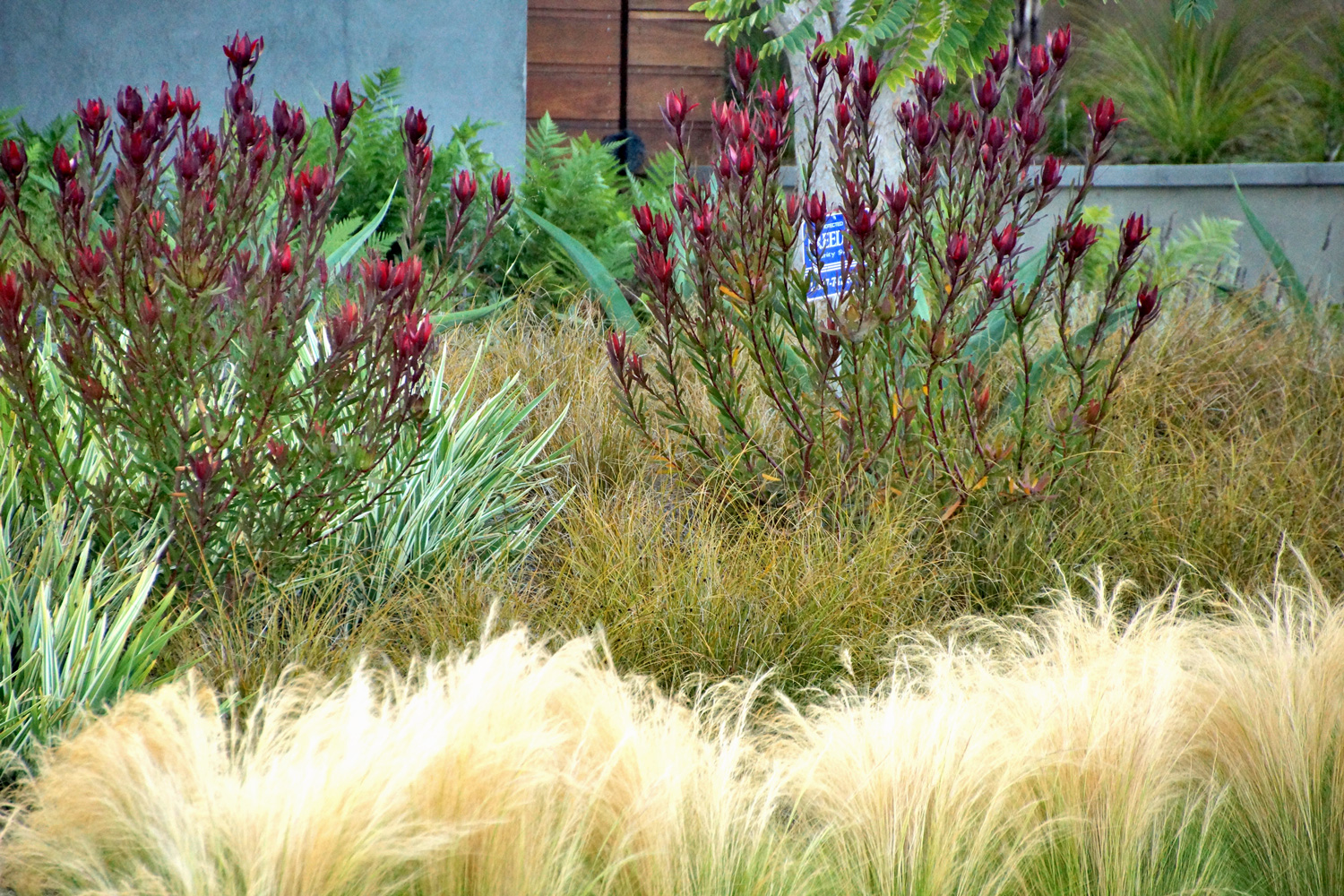
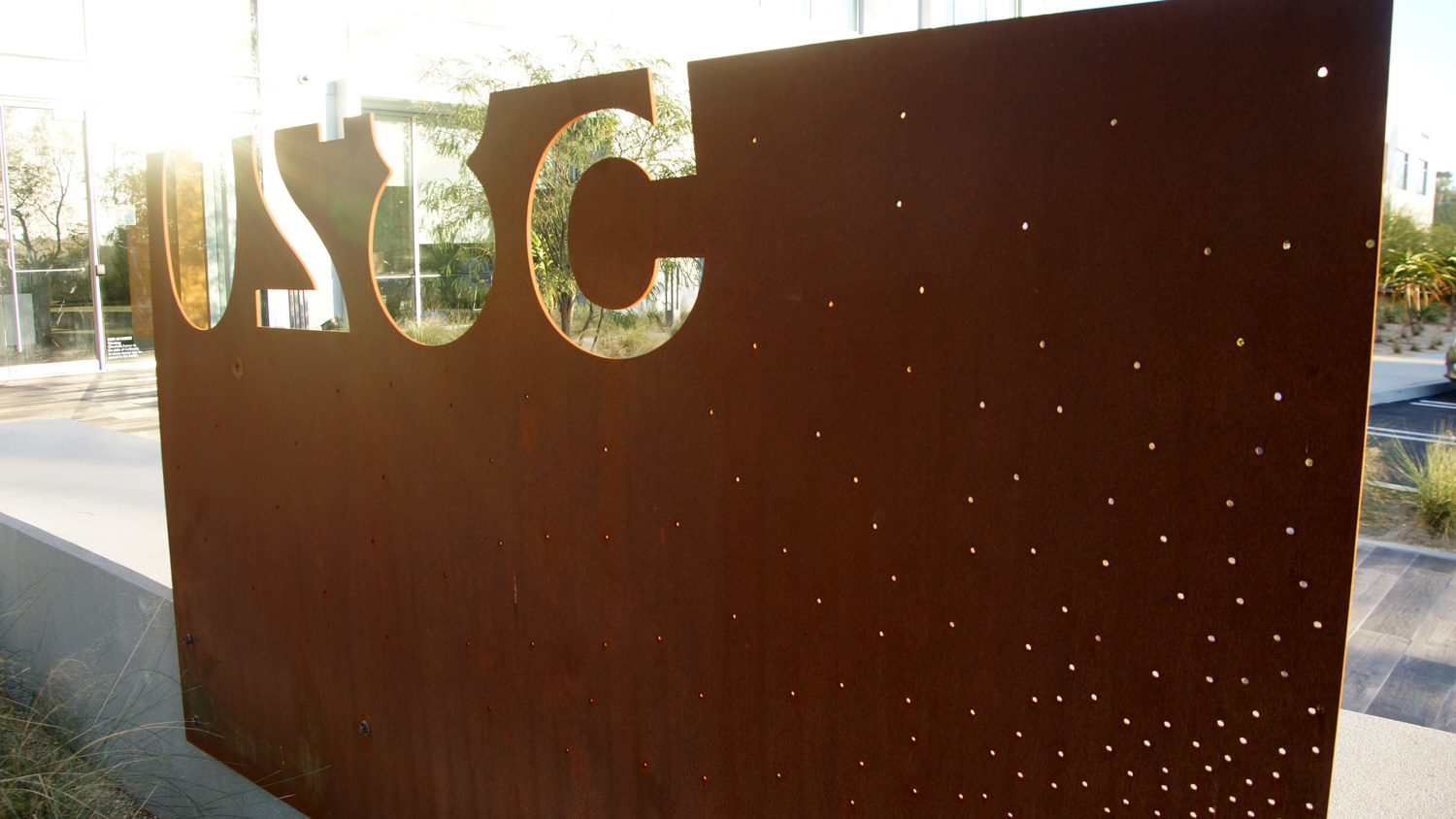
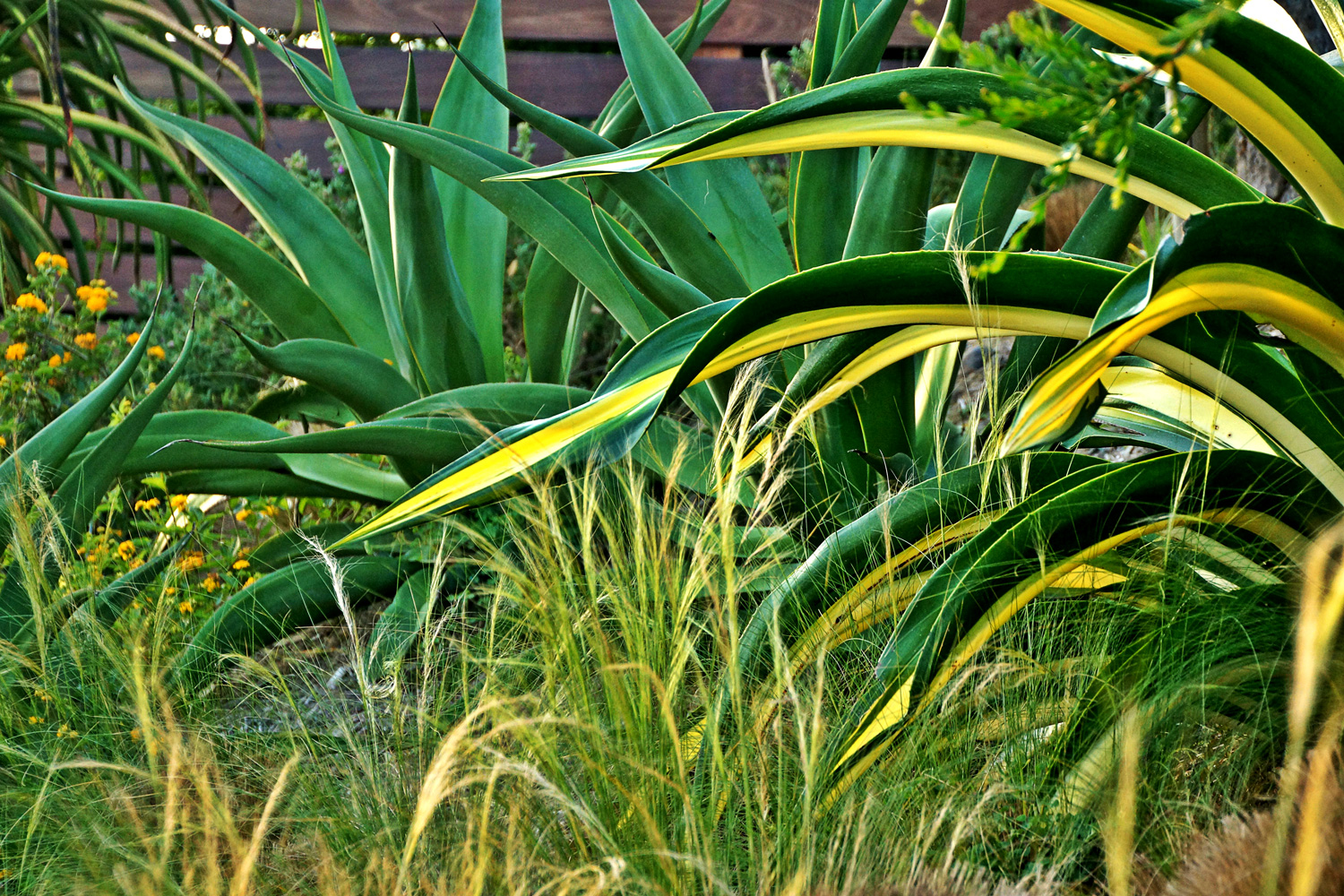
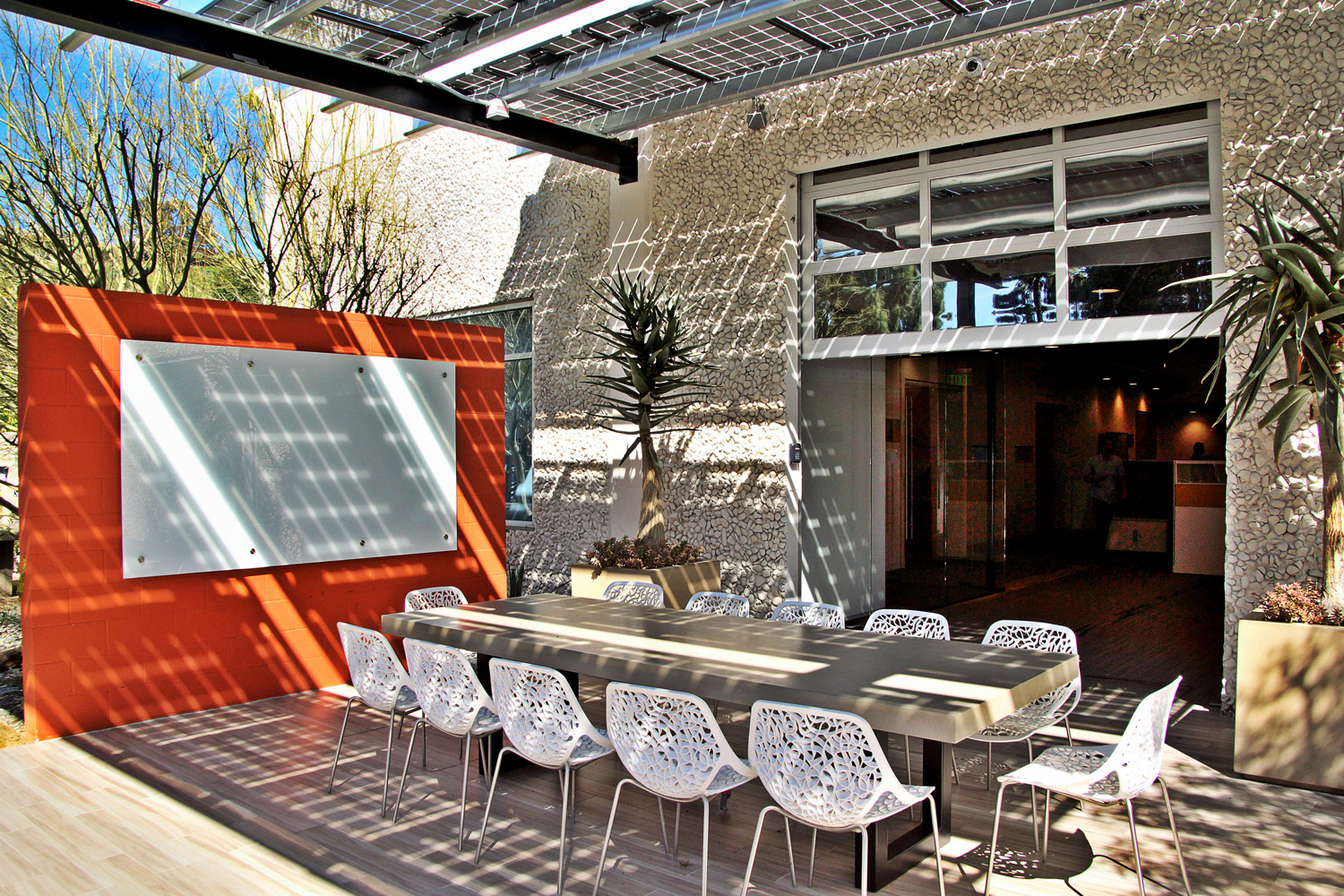
Light is either absorptive or reflective. This is a critical component when selecting plants and hardscaping materials. Absorptive light needs to be considered where light concentration is intense. For example, when one walks out of a poorly lit space and into direct sunlight, the transition is blinding. In this case, absorptive materials should be used to help the eye adjust to the vast difference in the light. A solution would be to use absorptive material such as the leaves on a tree or a darker paving surface. In contrast, space along the north side of a building may be perceived as dark and cold, therefore, the reflective light could be maximized with reflective, light materials along with using warm reflective light to warm and brighten the space.
Seasonal Light Characteristics
Light is constantly changing, throughout the day and night, seasonally and over decades. An idea to consider is that in the winter months when it is cold we shouldn’t forget the summer will come, and it will turn warm or even become hot. One simple way we can plan for this is by selecting the proper trees and plants. Trees that provide appropriate sun in the winter and delicate shade in the summer, such as deciduous trees, would be pragmatic. Likewise, the right placement of these materials will maximize the benefits that light provides for people occupying the space. For example, does the shade cast by trees fall where it is most beneficial at the warmest point in the afternoon.
Shadow Play
One of our techniques we like to incorporate in designing spaces is to play with shadow and light movement. The way light casts moving shadows by the wind fluttering through leaves and branches of a tree, or the way light reflects and moves through water or the flicker of the light of a flame from a fire feature can create drama. Also, when using artificial light, dynamic as well as static, we know it impacts the human psyche in different ways.
These four simple concepts, when best understood, helps the designer work towards a better built environment that is appropriate in its context, understanding of the end user and felt deeply by those that experience the space.
David McCullough, PLA, ASLA
Principal Landscape Architect
Bisnow: Designing Cities of the Future
Local to the Bay Area?
Please join us for the 2019 Bay Area Architecture & Design Lunch & Learn, hosted by Bisnow at Hotel Nikko San Francisco March 20th. You will hear from a world-class group of thought leaders who will discuss innovative design trends, how rising costs are affecting the architectural process, and design solutions for current issues facing leaders within our cities. David will be participating as a panel member discussing Exterior Evolutions.
McCullough is proud to be a sponsor for this event. Register today →


